I have been wondering which technique would be best for Focus Stacking, so I thought I would set up a trial with a couple of objects. The first is a Pine cone, about 7cm top-to-bottom and 5cm across. It was positioned with the tip of the cone facing the camera. The second was a sprig of Butcher's Broom Ruscus aculeatus, a strange member of the Lily family in which the leaves are replaced by woody expanded stems called cladodes. Currently the plant in my garden is bearing red berries just over 1cm across. The larger cladodes are about 2cm long.
All the images were processed using Helicon Focus (three algorithms) and Zerene Stacker (two algorithms). In all cases, the Zerene Depth Map have the best results.
#1 Pine Cone using lens focusing
#2 Pine Cone using a focusing rail
One thing that is apparent is that the lens-focussed image has some imperfections in alignment in the nearer parts of the cone, but it would be hard to tell any differences in the further parts. I think these imperfections were probably my fault.
#3 Butcher's Broom lens focusing
#4 Butcher's Broom focusing rail
One problem with the rail is that because of the camera angle, as I racked forward and back, the image drifted up and down. I had to re-align half way through. I fused the two final images from Zerene in Affinity.
I cannot see any real differences between the two. Given that, I would say that for most purposes, focusing using the lens would be the best bet. One problem with the lens focusing is that the total angle of rotation between front and back is quite small. I had to rig up a cardboard dial to gradually change the focusing position.
I would welcome any comment on these images as to which gives the best results.
John
Results 1 to 18 of 18
-
8th February 2017, 12:05 PM #1
Focus Stacking: Lens focusing or Rail focusing
-
8th February 2017, 02:29 PM #2
Re: Focus Stacking: Lens focusing or Rail focusing
Very interesting. Thanks for posting.
My guess is that the major difference is the amount of camera movement. In the case of the butcher's broom, the image done with the rail has much more haloing (look at the leaves at the top left), but since the stacking method was the same, the only possible explanations, it seems to me, would be camera movement or differences in the focus gap between images.
Re Zerene DMap: it's my default for flowers and the like. It's main drawback is that it has more severe problems with parallax halos (for which the choice between lens and focus adjustments doesn't matter) than does PMax. So my normal workflow is to start by stacking with DMap and examining the composite for halos. If I find enough to be bothersome, I often re-stack with PMax and retouch from the PMax composite rather than retouching from several different individual images in the stack. Sometimes I simply tell Zerene to create both composites and compare them, but when I do, I usually end up picking the DMap composite as the base for the final product.
-
8th February 2017, 03:43 PM #3
Re: Focus Stacking: Lens focusing or Rail focusing
What sticks out with the cone is the differences in exposures, blown highlights, cast shadow, and background; each influences my eyes and mind to lean one way or the other as each influences my thoughts. Would rather see similar treatments before deciding.
-
8th February 2017, 04:58 PM #4
Re: Focus Stacking: Lens focusing or Rail focusing
It is indeed odd, the difference in exposure. The two sequences were taken just a few minutes apart using the same camera settings and lighting positions, but the first (lens) came out much darker than the second (rail). The camera was set for Aperture Priority, so should have produced properly exposed images in each case.
I did this stacking on the default jpegs. I will go back to the raw files an start again.
John
-
8th February 2017, 05:56 PM #5

- Join Date
- May 2012
- Location
- northern Virginia suburb of Washington, DC
- Posts
- 19,064
Re: Focus Stacking: Lens focusing or Rail focusing
I have never used focus stacking but I do know that when taking multiple images for any reason and when the light is not changing, you can be absolutely confident of getting consistent exposure only when using Manual exposure mode. I use Aperture Priority mode about 99% of the time including when doing tabletop photography but it's not 100% consistent, which is what I would want in this situation.
-
8th February 2017, 08:05 PM #6

- Join Date
- Jan 2009
- Location
- South Devon, UK
- Posts
- 14,589
Re: Focus Stacking: Lens focusing or Rail focusing
Did you use cable release? Picking up on Dan's comment. I often use mirror lock up as well for studio type shots; or 'real life' when there is plenty of messing about time.
When taking any 'real life' shots, literally in the field, of flowers/insects etc I always use the simpler lens focus method with my ball head tripod.
It is always a good idea to leave plenty of space around the subject to allow for sufficient realignment during stacking.
One of my main failures, particularly when working outside and kneeling in mud etc, is a failure to recognise the closest to camera point. So often, I take a series then have to reject them all because I failed to get the closest point fully in focus.
-
9th February 2017, 11:32 AM #7
Re: Focus Stacking: Lens focusing or Rail focusing
Fair comment. I have re-developed the rail images reducing the exposure to appear something like the lens images.
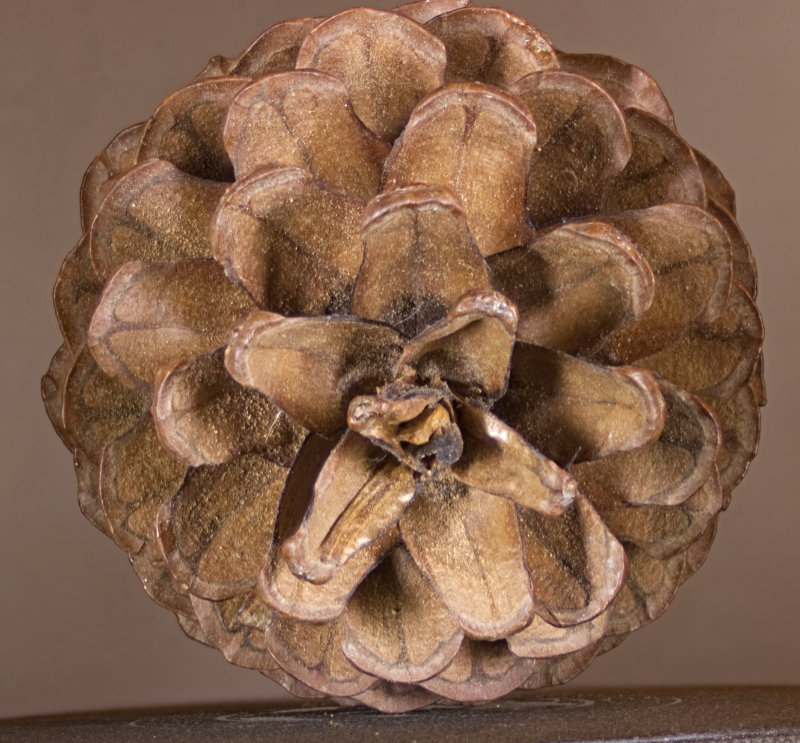
Mike, the images within the rail sequence were all similarly exposed. The exposure difference was between the lens-focus sequence and the rail-focus sequence. The only thing I can think of is that the lighting had been changed and I had not noticed.
Geoff, I used an Infra-Red remote, and my Sony A55 has a translucent mirror, so there should be no camera shake.
I used a ruler placed in front of and behind the subject to get the near and far points.
The original images were larger. As the focus rail moved forward/back, the position of the cone image moved up/down. So I stacked and aligned before cropping.
My rationale for this exercise was to see if I could use lens focusing (which is simple) rather than a focusing rail (less simple). I find the only problem with the lens is trying to interpolate a number of focus positions into a limited focus-ring angle.
Thanks to all for your comments.
JohnLast edited by JohnRostron; 9th February 2017 at 11:59 AM.
-
9th February 2017, 01:47 PM #8

- Join Date
- Oct 2013
- Location
- Philippines
- Posts
- 12,181
- Real Name
- Brian
Re: Focus Stacking: Lens focusing or Rail focusing
I find the focus shots show more sharpness and detail
-
12th February 2017, 12:36 AM #9

- Join Date
- Feb 2014
- Location
- London, UK
- Posts
- 401
- Real Name
- Dem
Re: Focus Stacking: Lens focusing or Rail focusing
Hi John. I acquired a focusing rail this week and was going to do some tests similar to yours. Well, I was not going to use a pine cone as a subject but was influenced by this thread, so thank you for starting it. Here are my first attempts at focus stacking:
by re-focusing the lens:

by moving the camera on the focus rail:

Each image is a stack of 10 photos aligned with hugin and then stacked with enfuse. The halos are definitely worse in the second image but you can still see them in the first one.
I appreciate that the software will have to do more work when the focusing rail is used. Apart from the change in magnification, there is also a change in perspective due to the change in camera-subject distance - the camera initially was set at about 50 cm from the subject and then moved 5 cm closer (10 shots with a DOF of about 1 cm each taken every 0.5 cm).
I am not sure why there are still some halos in the first image when the camera is not moving. There is a tiny amount of focus breathing (change in magnification) when the focus point is varied, but the perspective is the same. Can be not enough images in the stack or a software problem.Last edited by dem; 12th February 2017 at 12:56 AM.
-
12th February 2017, 07:45 AM #10
Re: Focus Stacking: Lens focusing or Rail focusing
Den, thanks for your posting. You look as if you have been using the same Pine Cone as me! I have to admit that I cannot see any haloes on either of your images. I would be hard pressed to detect any difference between them.
I did not mention earlier that I used only around eight images for my lens-focusing and about 20 for the rail. I would be interested to hear how you interpolated the focus points using the lens. I have been using a cardboard cut-out to help. I shall post a picture of this later.
John
-
12th February 2017, 05:49 PM #11
Re: Focus Stacking: Lens focusing or Rail focusing
John and Dem,
The only way to compare the two methods convincingly would be to remove all other variables: use the same number of images, have the same distance between images, avoid camera motion, and keep the aperture and exposure constant.
Changing focus on the lens does change perspective, and if you are close to minimum working distance, the change is large. This is not minor focus breathing. I believe that macro lenses allow such close focusing by moving the elements away from the body. I am not in town, but I will try to remember to post some images to show the change in perspective. You'll see that it is substantial, but that's not to say that it is the same as the change in perspective from using a rail.
The main cause of halos in stacking is precisely this parallax. If an edge is quite far forward of the surface behind it, there is no way to align an in-focus edge with an in-focus surface that is in the right position because the images are of different sizes. I've been puzzling about why Dem's second shot has more of a halo. My first guess was that the focus change moving back from those edges was not the same in both trials. However, if the change in perspective between shots is larger with movement of the camera than with focusing the lens, that would explain it.
Dan
-
12th February 2017, 09:01 PM #12
Re: Focus Stacking: Lens focusing or Rail focusing
Here's a series of shots, taken by adjusting focus with my 100mm macro lens, which shows the change in perspective with changes in focus. The image is a milkweed pod, which is quite deep, so I stacked over 20 images. First, the composite:

Now the closest shot, with no editing at all:

And now the farthest, again with no editing:

Because closer focus brings a narrower field of view, I always compose using the closest point of focus. If you go in the other direction, you may find content cropped off by the time you get to the closest point.
-
23rd February 2017, 05:42 PM #13

- Join Date
- Nov 2011
- Location
- UK
- Posts
- 244
Re: Focus Stacking: Lens focusing or Rail focusing
Interesting thread.
I've tried both rail and lens focus and found (on the basis of limited testing) that lens focus seemed to result in slightly less geometric change from image-to-image. However, I need to use auto align to overcome the differences. I use Photoshop, which is OK at aligning the images to allow for change in perspective, but not always perfect at selecting the best focused image for each part of the picture. Sometimes I end up touching up the layer masks it creates.
Often I use studio lights, and my Interfit flash heads are not 100% repeatable in light output shot-to-shot. About 1 in 5 shots is perahaps 1/4 stop lower output. I always take 2 shots at each position, and make sure I choose one from each pair that matches all the others (or adjust individually before photo-merging).
-
25th February 2017, 09:46 AM #14

- Join Date
- Feb 2014
- Location
- London, UK
- Posts
- 401
- Real Name
- Dem
Re: Focus Stacking: Lens focusing or Rail focusing
I find this depends on the size of the subject a lot. In the above example with a pine cone, the framing was about 15x10 cm - hardly a macro. When I refocused the lens, the magnification changed by less than 0.5% - it was hard to tell if it changed at all without measuring some distances in pixels. When I used a focusing rail, the image of the cone got 9.5% bigger by the time the camera travelled 5 cm towards the subject. Plus the cone did not just get bigger it also looked different because of the change in camera-subject distance. Also if you, like myself, are not using a dedicated macro lens, the might be some barrel distortion that is difficult to get rid off when aligning the images. For pine-cone-sized subjects refocusing the lens works definitely better than moving the camera on the focusing rail.
In Dan's example of the milkweed pod, I am guessing the framing was about 1.5 x 1.0 cm, quite different from a close up shot of a pine cone, the magnification changed by about 10% as he refocused the lens. The camera-subject distance did not. The composite image looks very clean with no halos.
I have not made up my mind yet whether buying a focusing rail was a complete waste of money. I have already used it for panorama shots, ala nodal ninja, but I am yet to see any benefits of using it for close up shots. Perhaps for proper macro with very small subjects.
-
25th February 2017, 10:19 AM #15
Re: Focus Stacking: Lens focusing or Rail focusing
Here is a rather rough pic of my cardboard cut-out focusing ring. The divisions are degrees, but are quite arbitrary really. They just allow me to interpolate evenly between the nearest and furthest positions on the lens focusing ring. The cardboard ring with the arrow is surrounds the fixed part of the lens barrel, and the ring with the degrees surrounds the rotating part of the lens barrel. These cardboard rings are held in place by elastic bands.
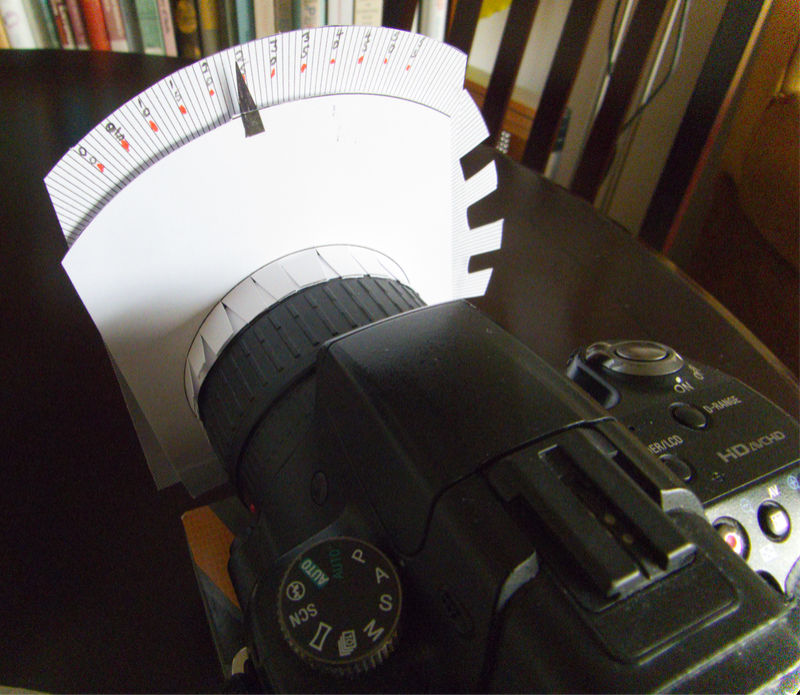
John
-
25th February 2017, 02:03 PM #16

- Join Date
- May 2014
- Location
- amsterdam, netherlands
- Posts
- 3,182
- Real Name
- George
Re: Focus Stacking: Lens focusing or Rail focusing
I don't know what camera you use. For nikon there was the ControlMyNikon program to use for this work. I just found out they are working on a ControlMyCanon http://www.controlmycanon.com/. A focusing range can be set on the pc.
George
-
25th February 2017, 02:10 PM #17
Re: Focus Stacking: Lens focusing or Rail focusing
-
25th February 2017, 03:10 PM #18
Re: Focus Stacking: Lens focusing or Rail focusing
John,
A few thoughts:
The milkweed was larger than you guessed. That particular species is quite large. I don't have a seed pod here, but I would guess at least 2 x 4 cm.
Re a rail: I know I am repeating myself, but a rail isn't necessary for macro work, at least up to about 2:1. I own a fairly expensive rail (a Kirk), but I have not once used it for stacking. I use it, in conjunction with a geared head, to give me more control over initial framing. That's of course not an argument against using one, if one finds it easier, but it isn't necessary.
Re software: I suggest emailing Helicon and asking them whether they intend to make their software (Helicon Remote) compatible with Sony bodies. I own it, and after some fussing to get the focus intervals adjusted, I found it worked well. I rarely use it in practice, although I suppose I will resume at some point, as it is so easy. In the meantime, I don't use anything to evaluate specific distances between focus points. With a bit of trial and error, I developed a feel for how big to make the adjustments. I'm sure I end up with too many images, but that isn't a problem. It's too few that is the problem.
Dan

 Helpful Posts:
Helpful Posts: 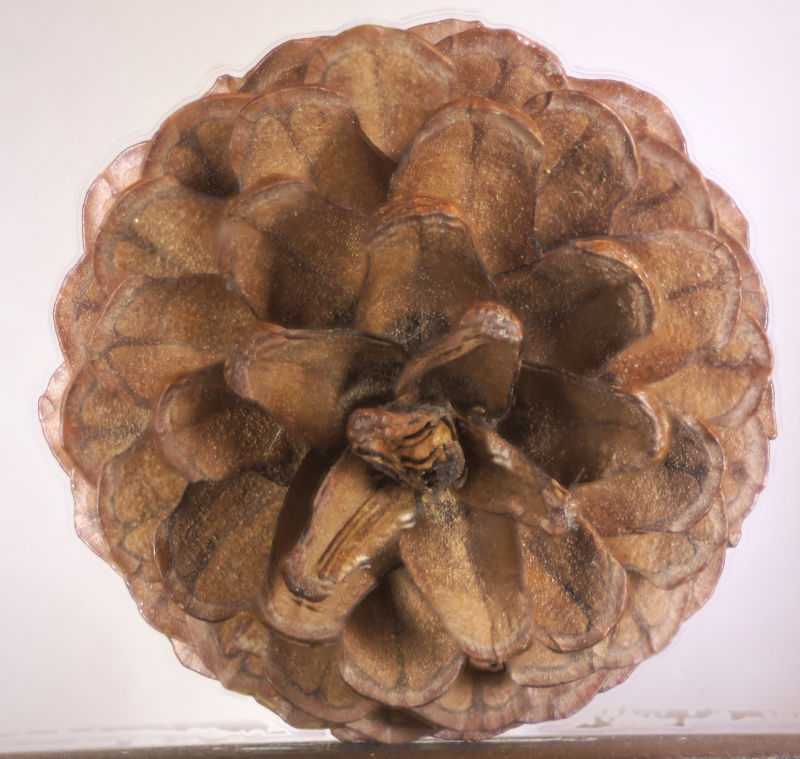
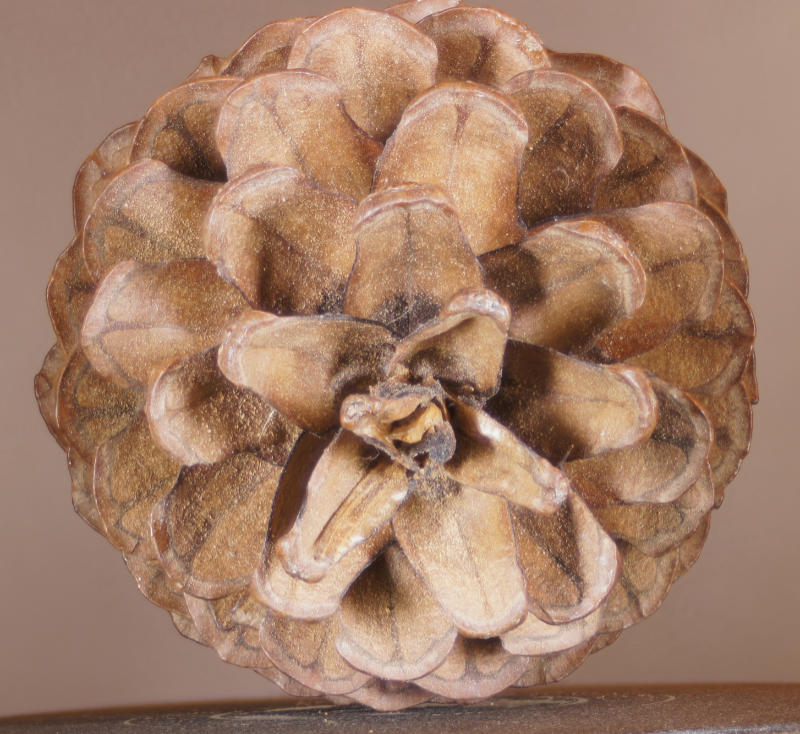
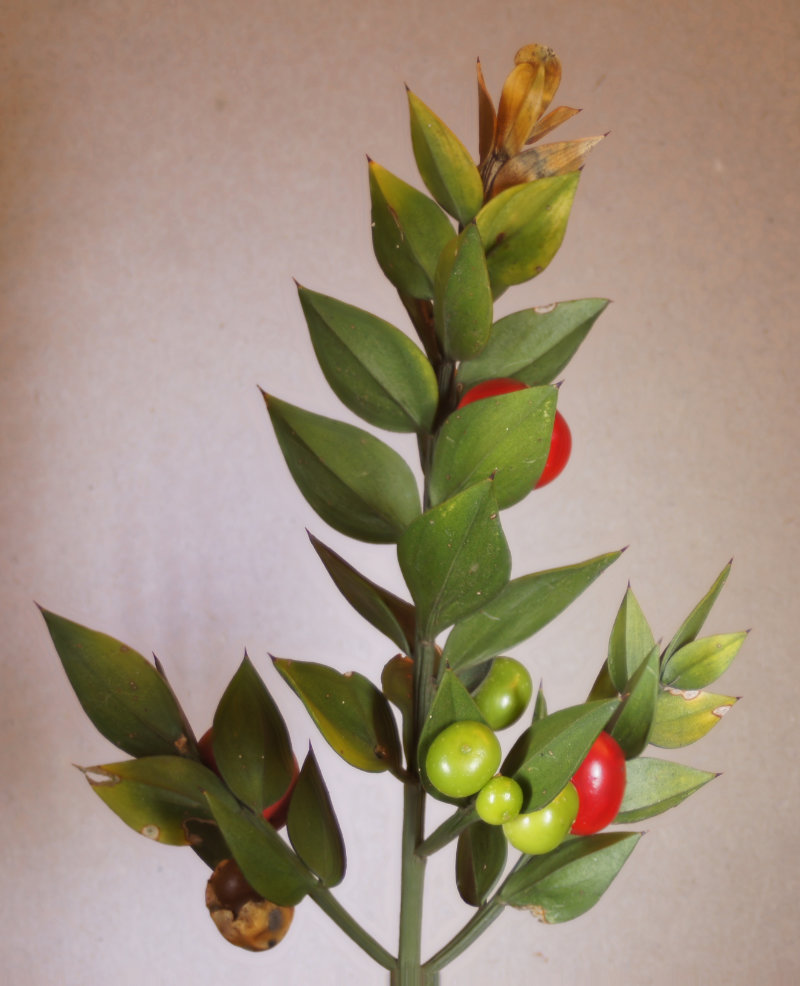
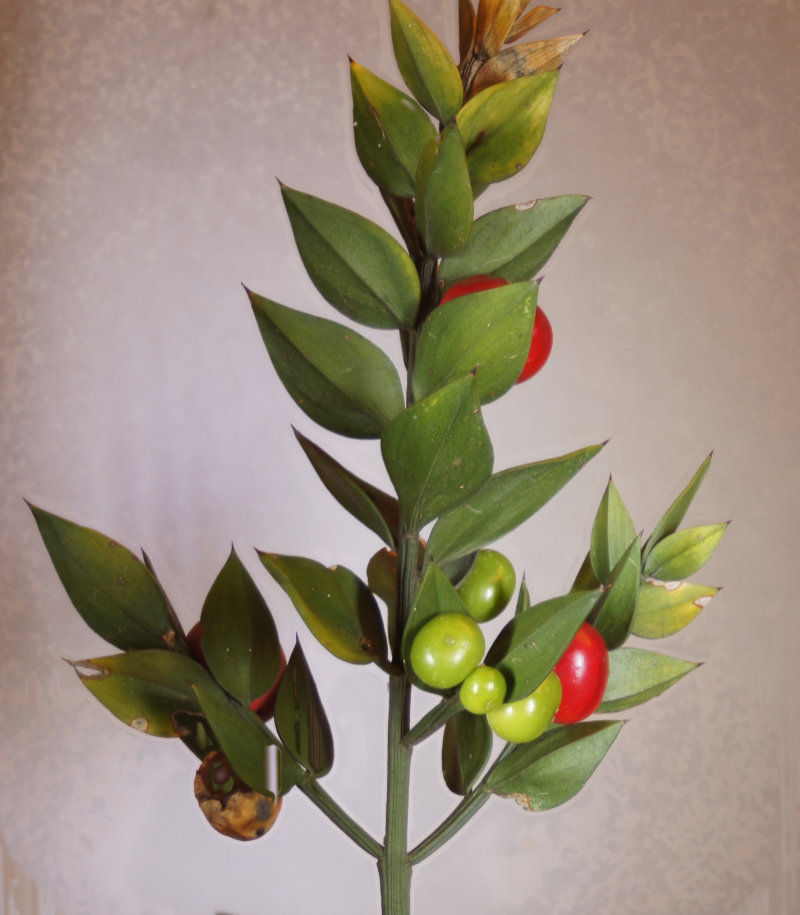

 Reply With Quote
Reply With Quote

